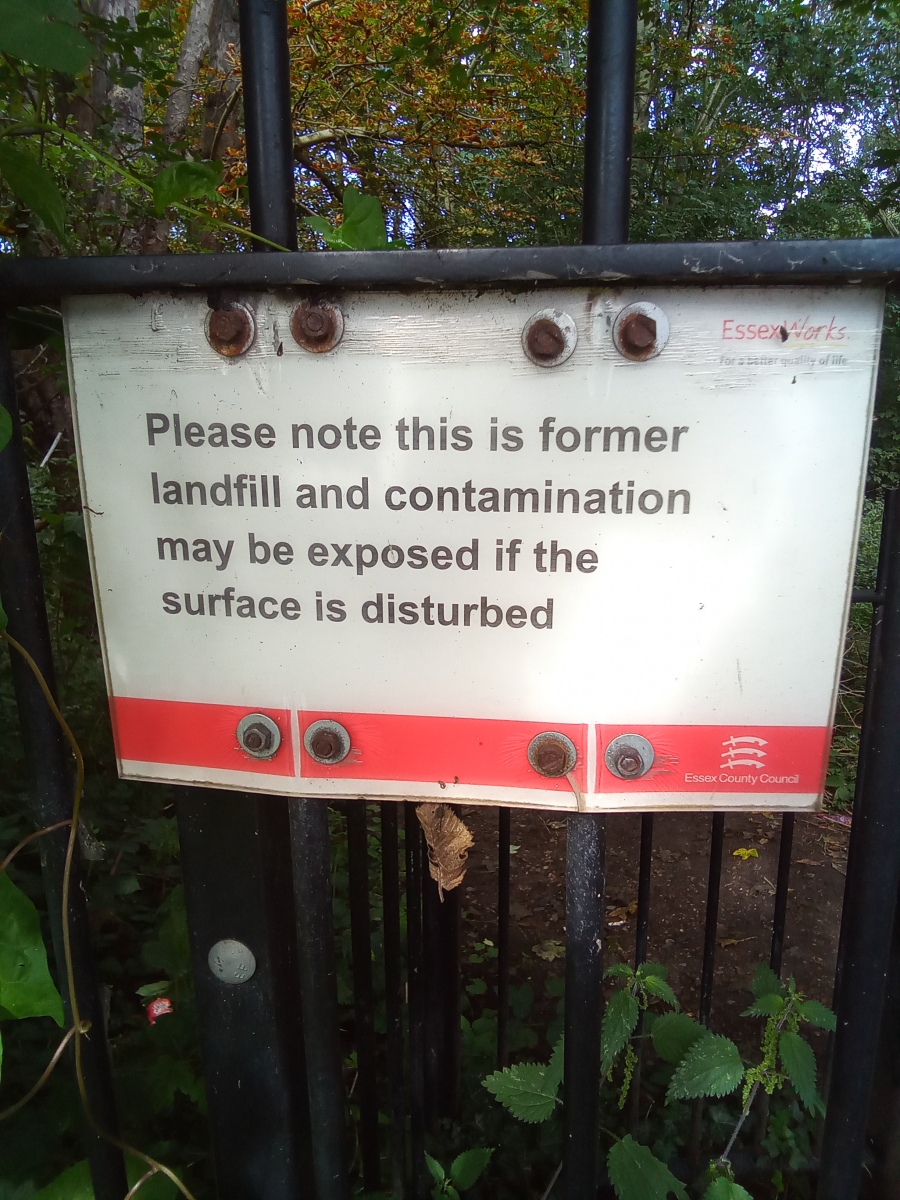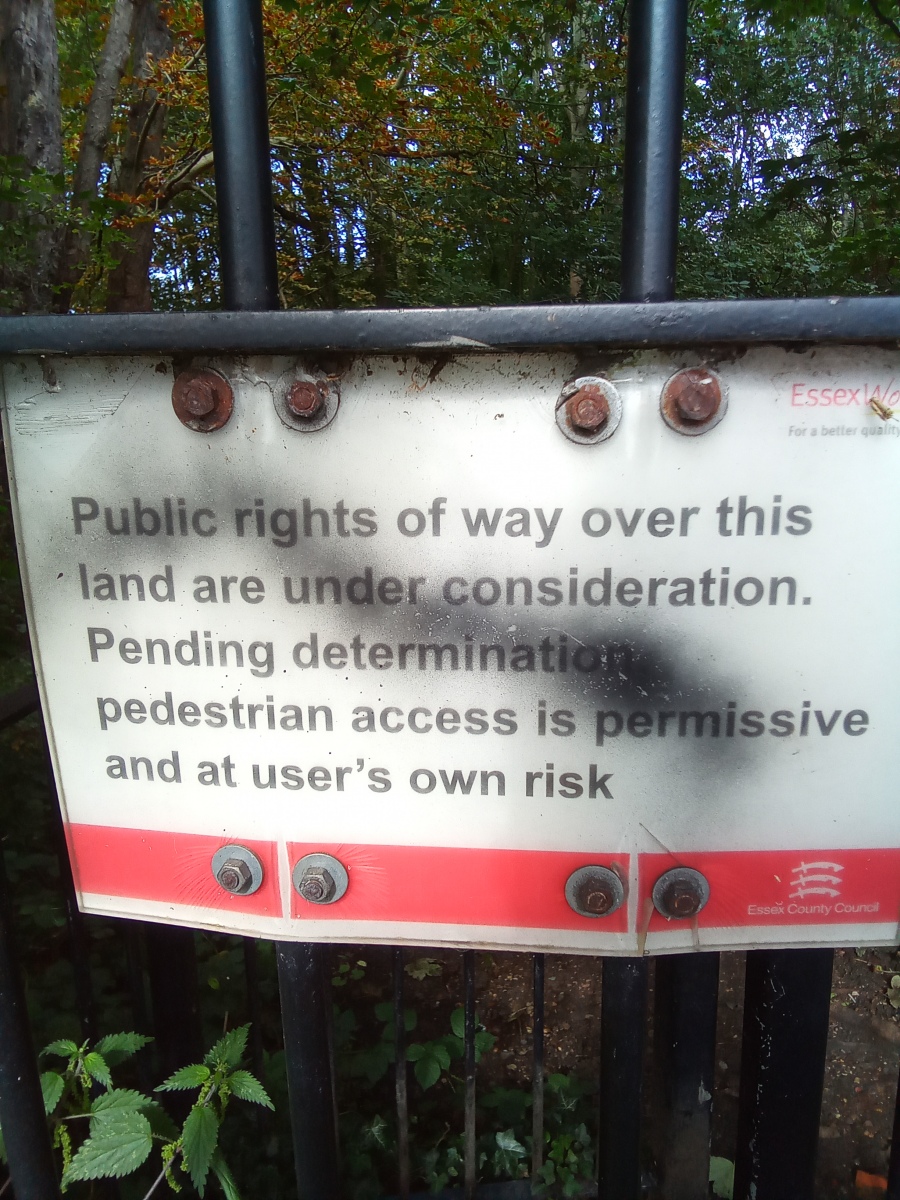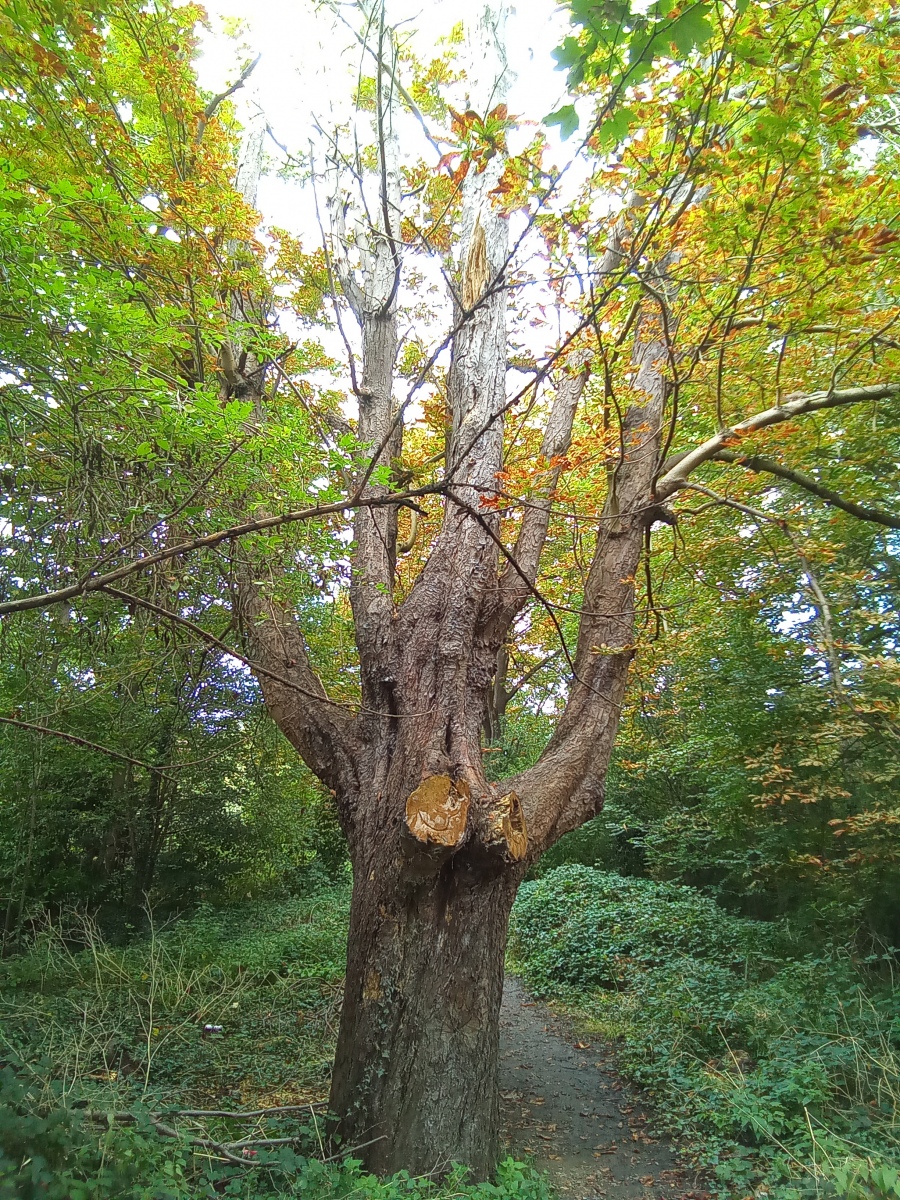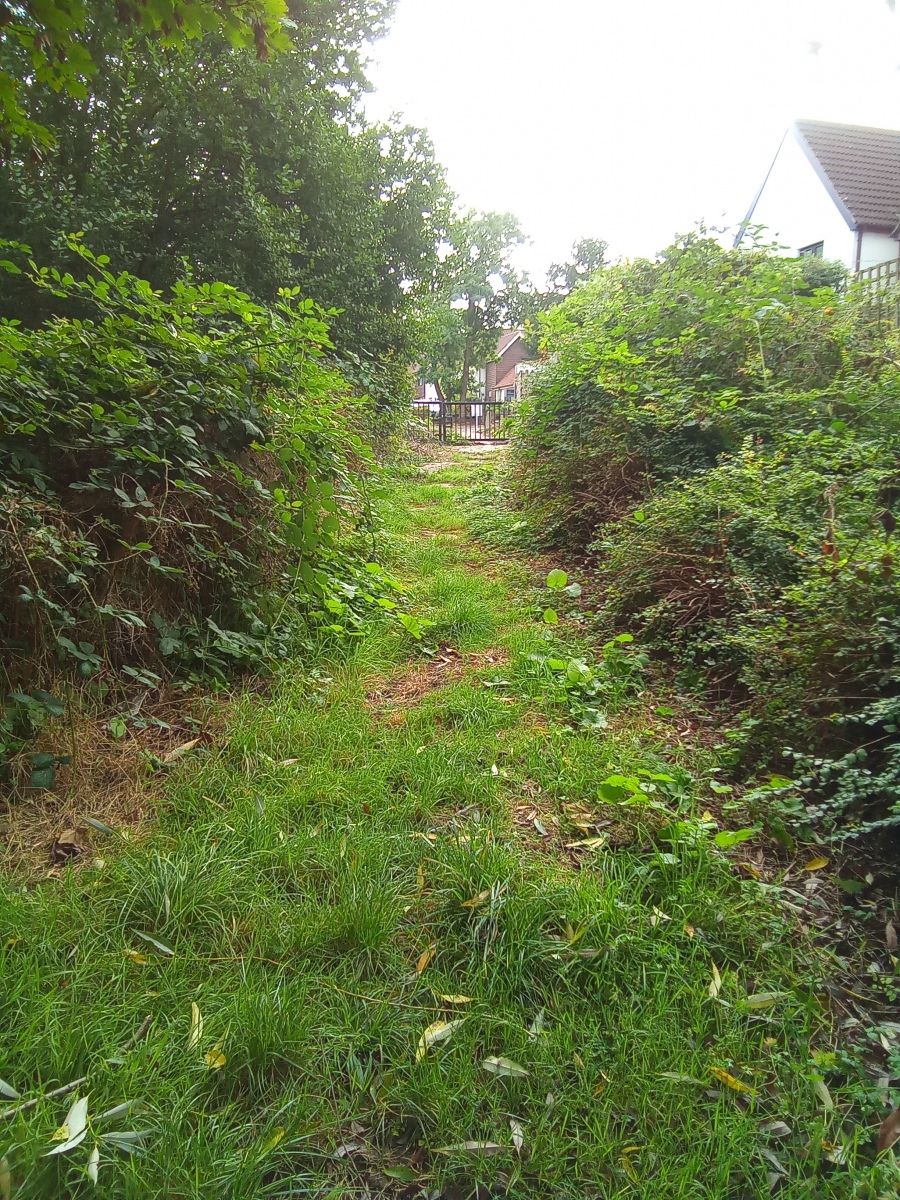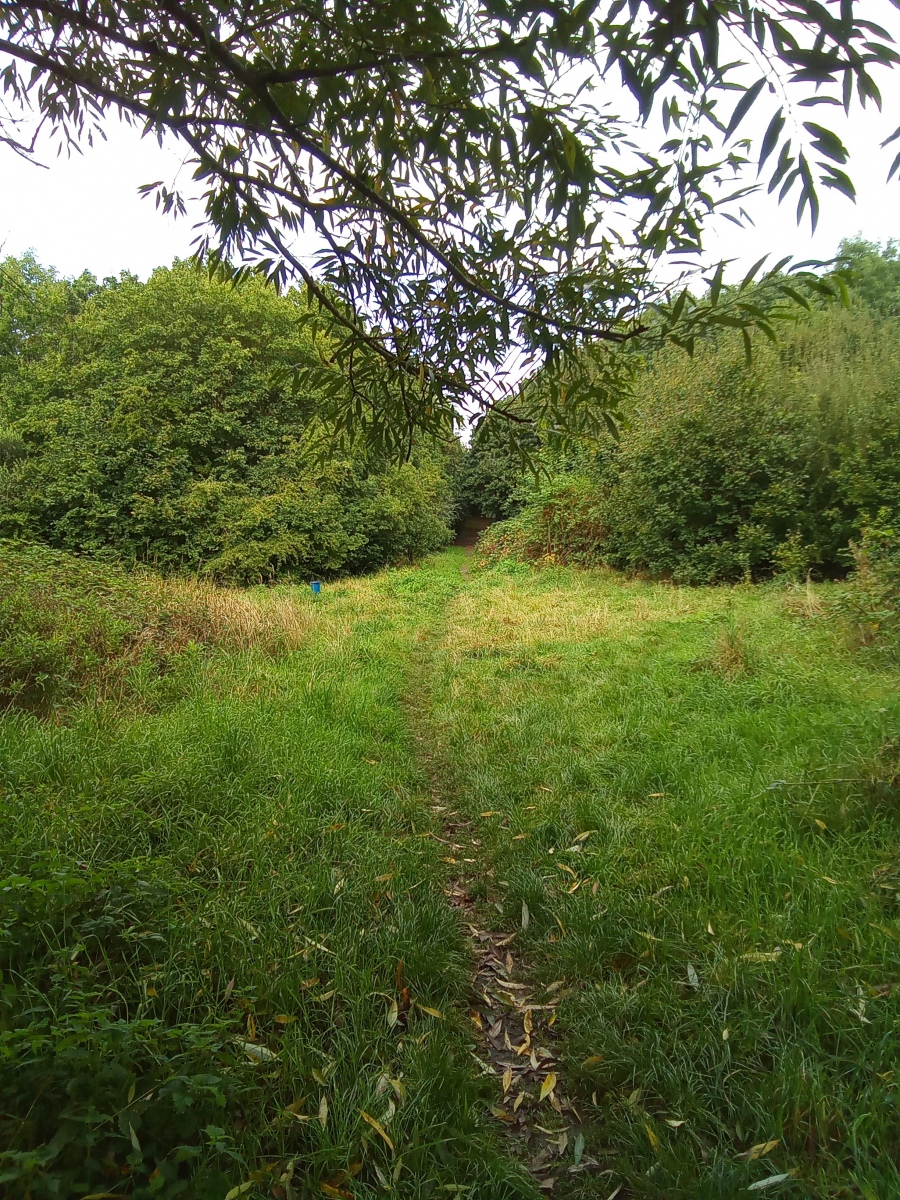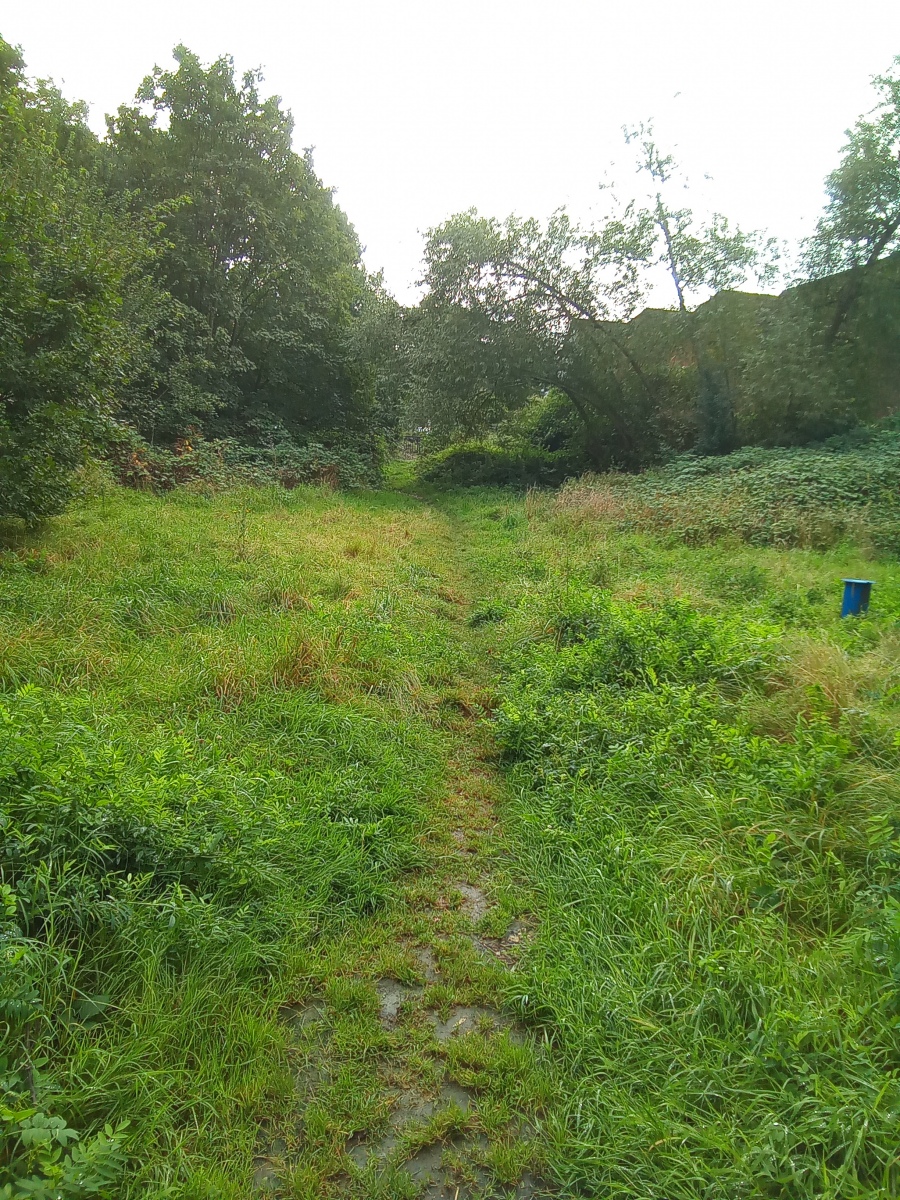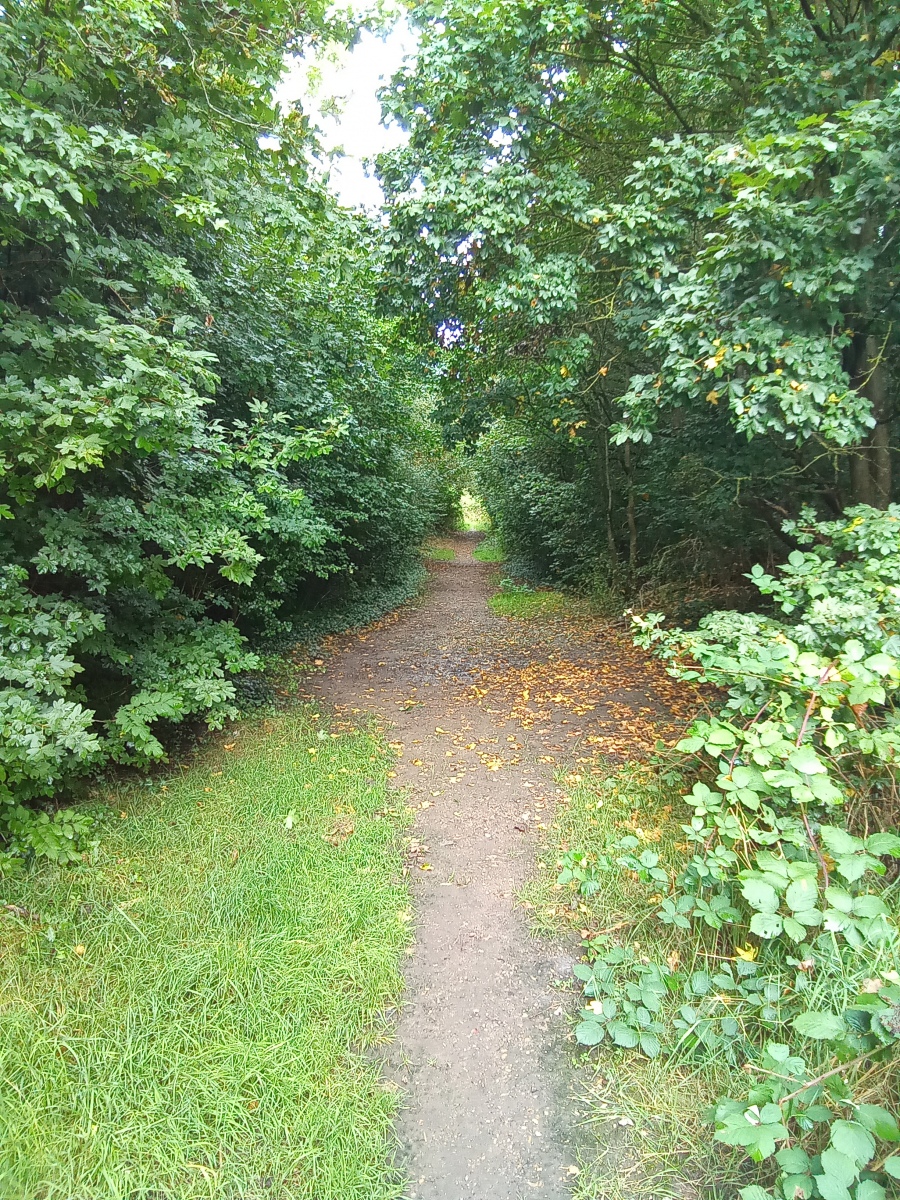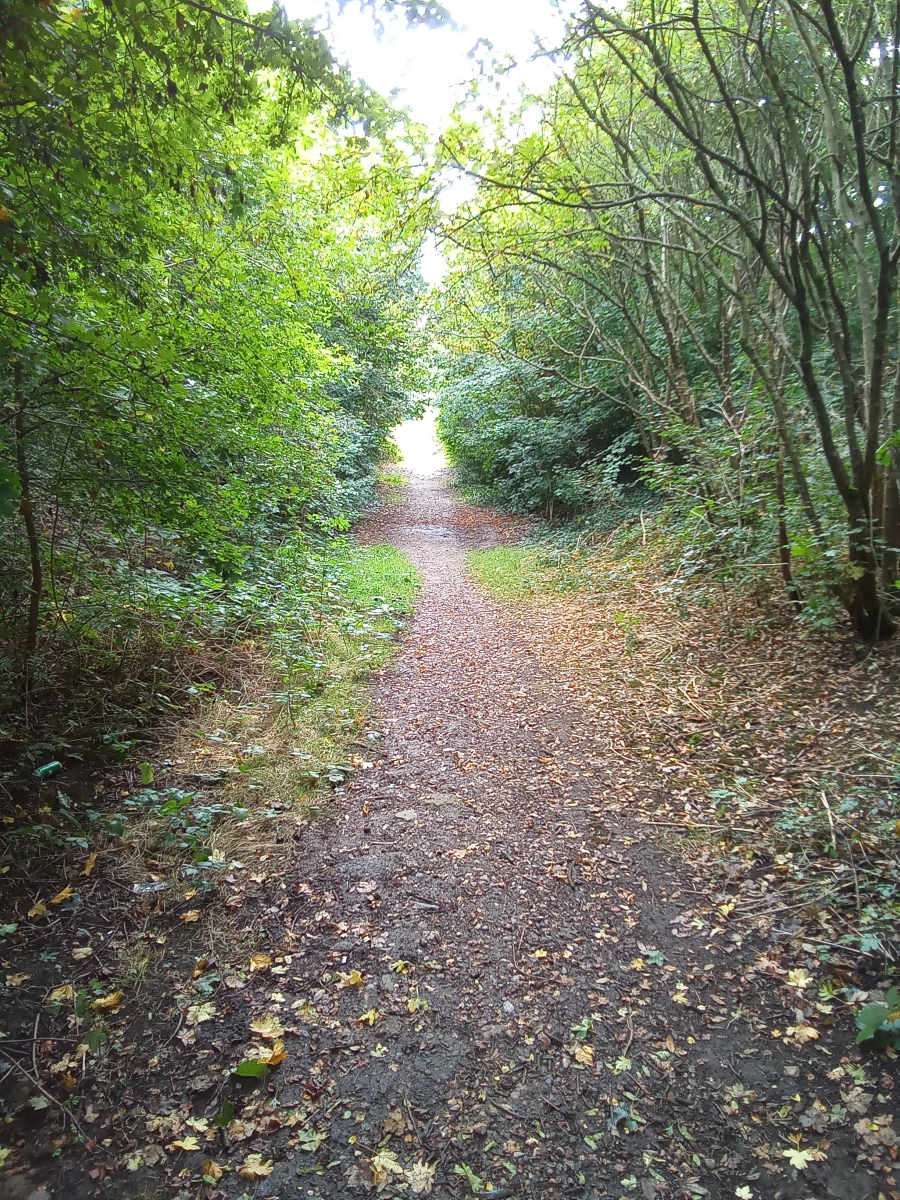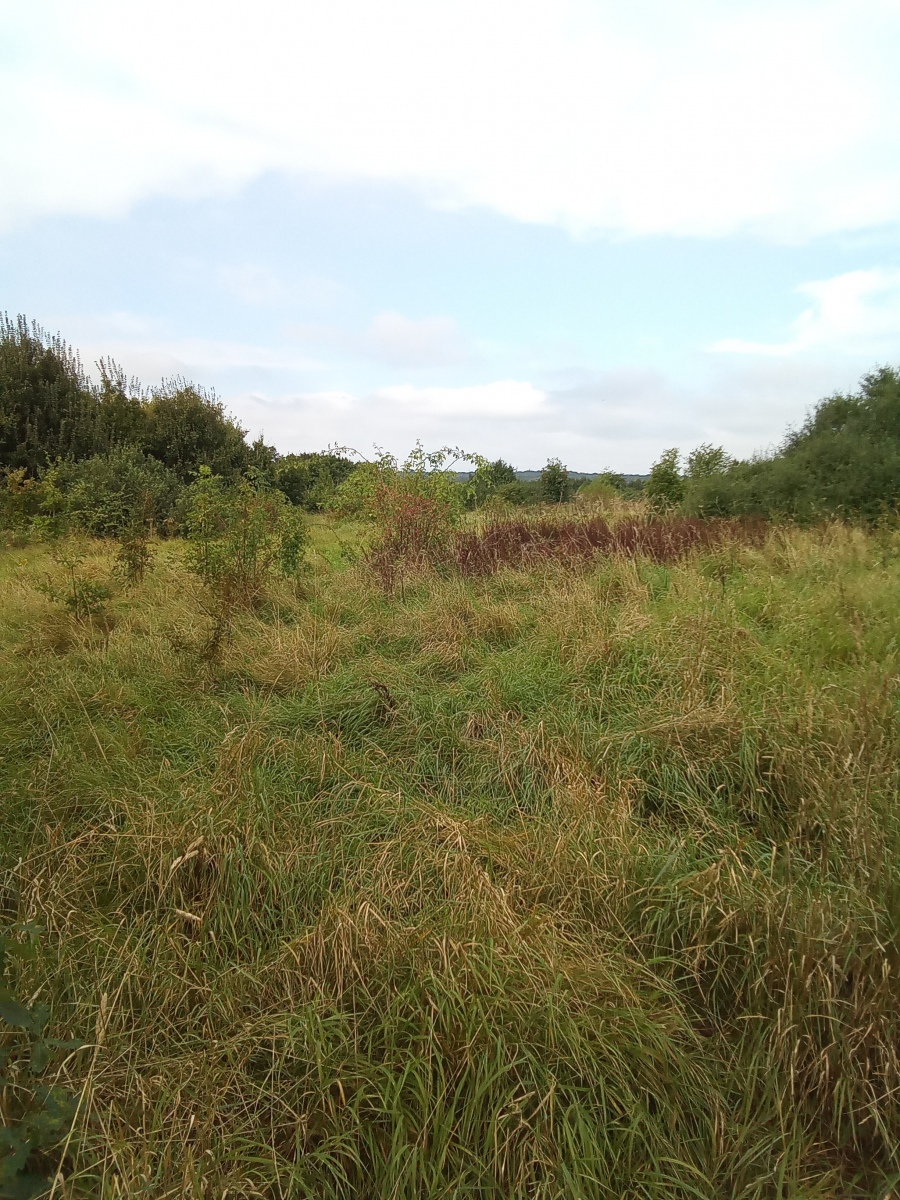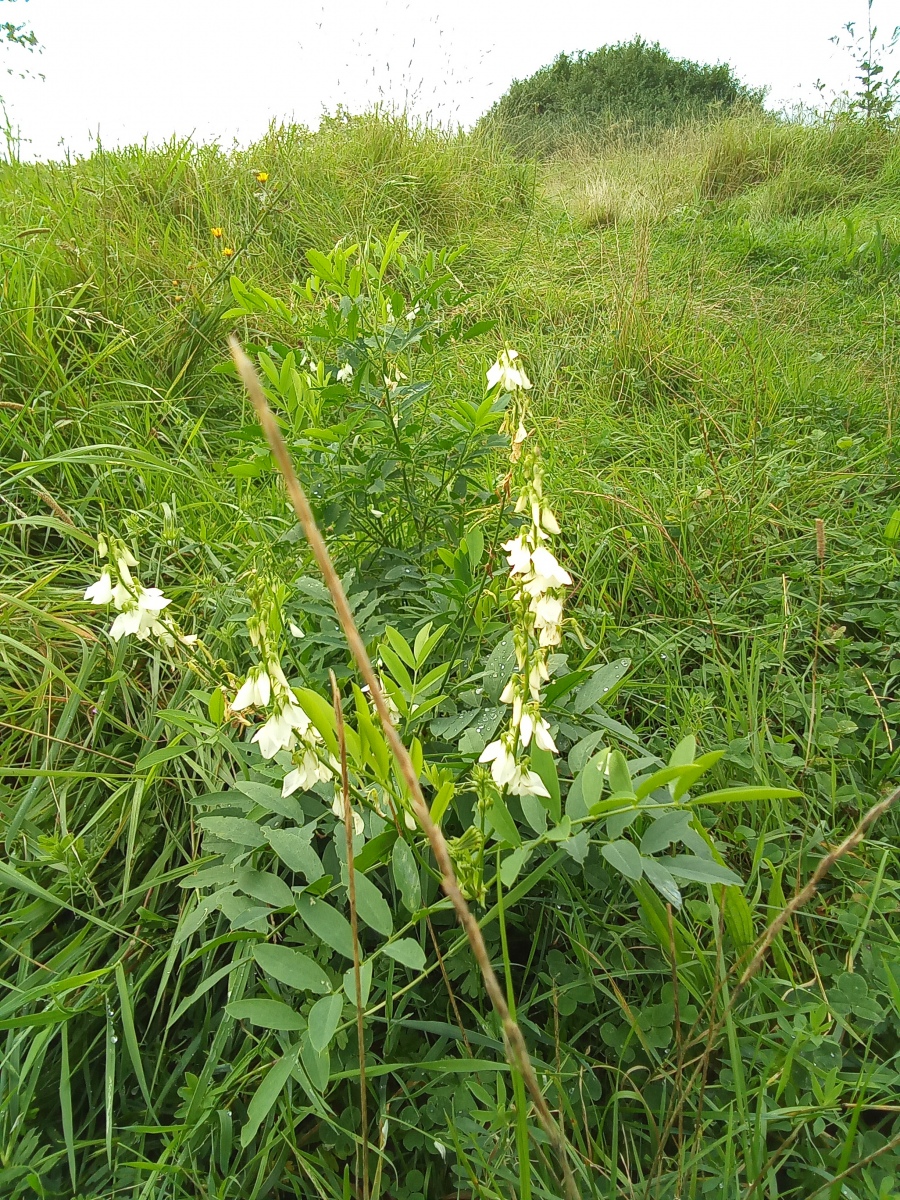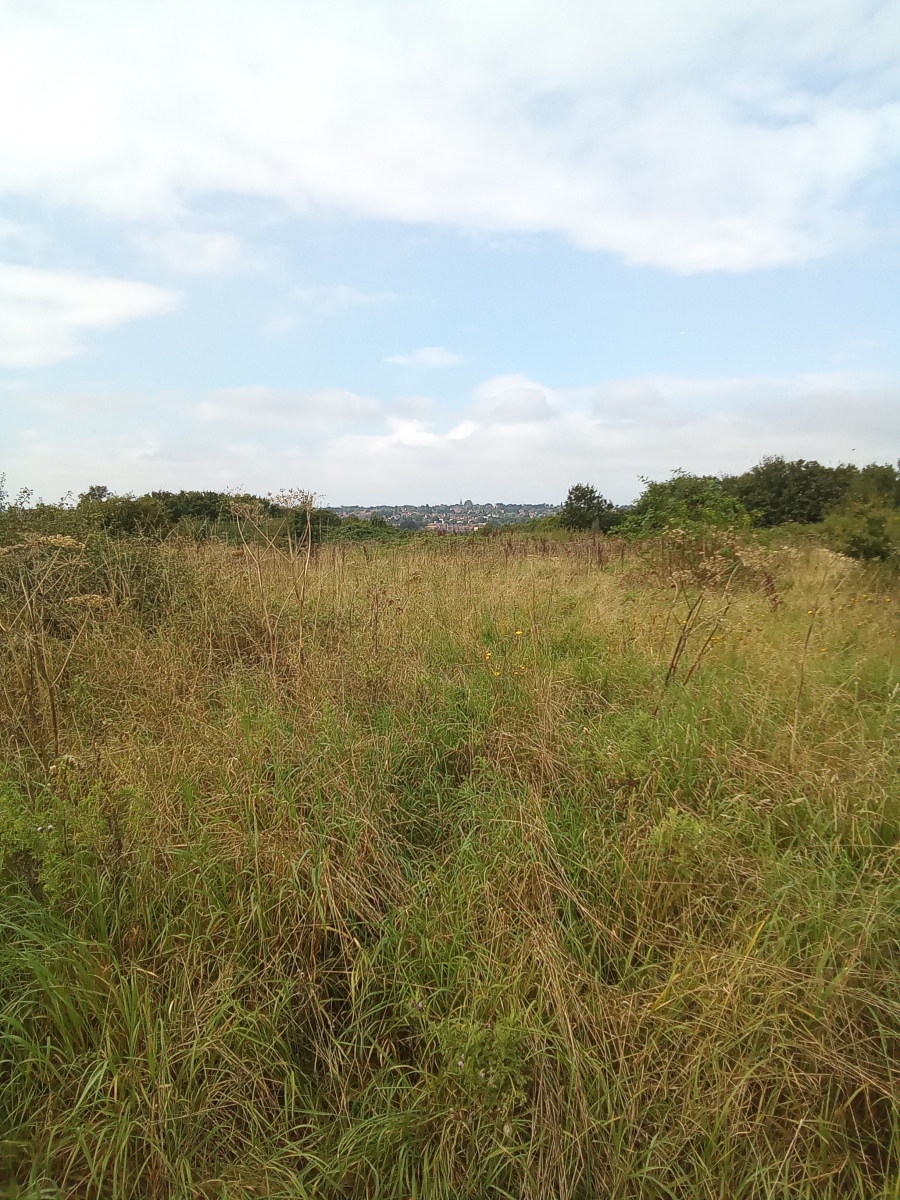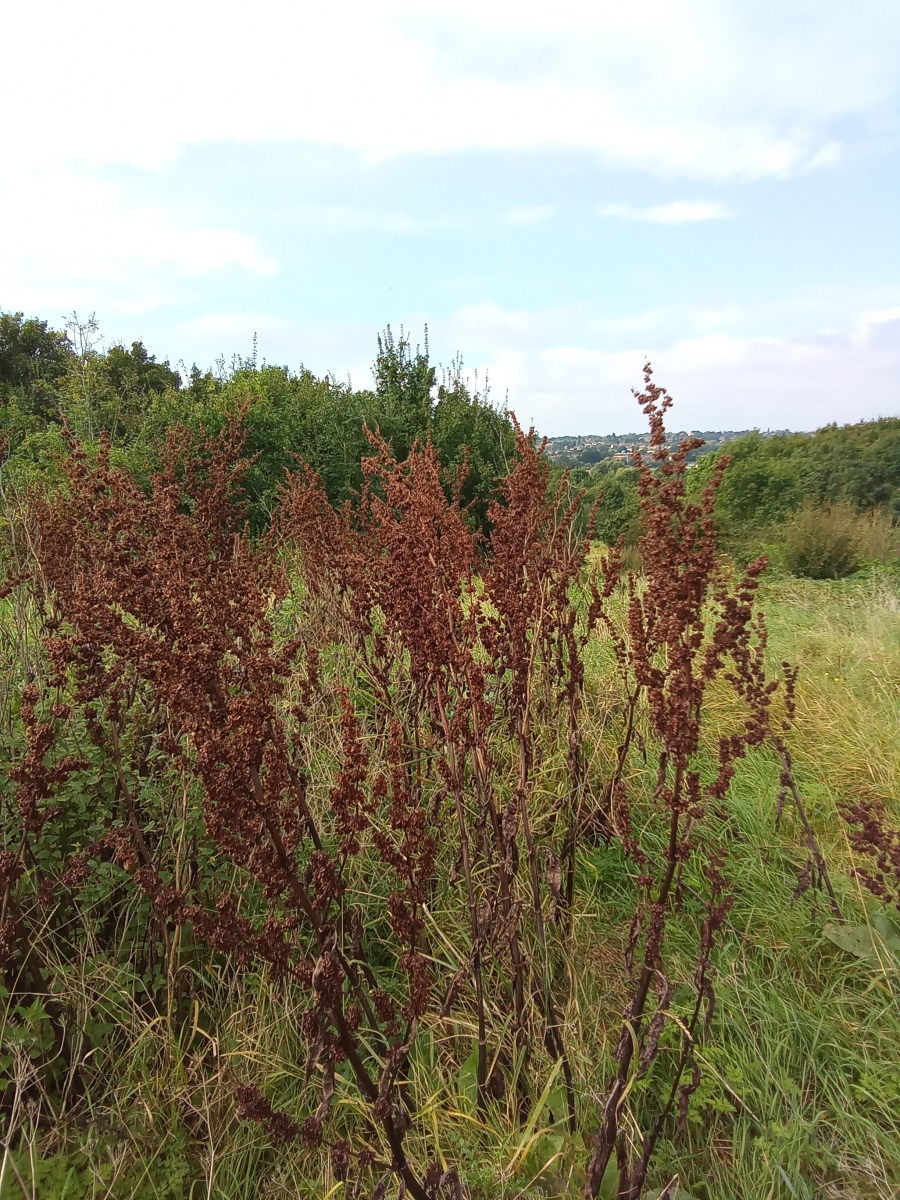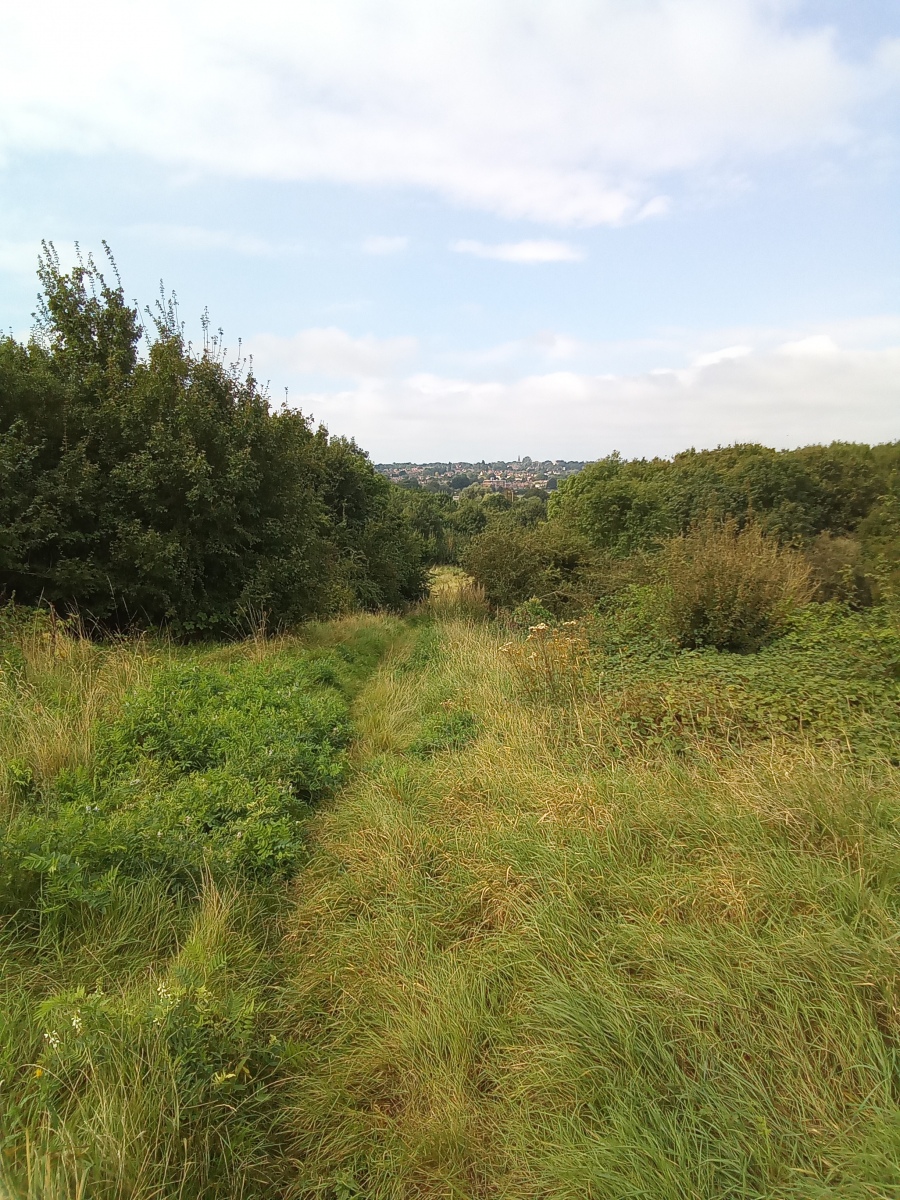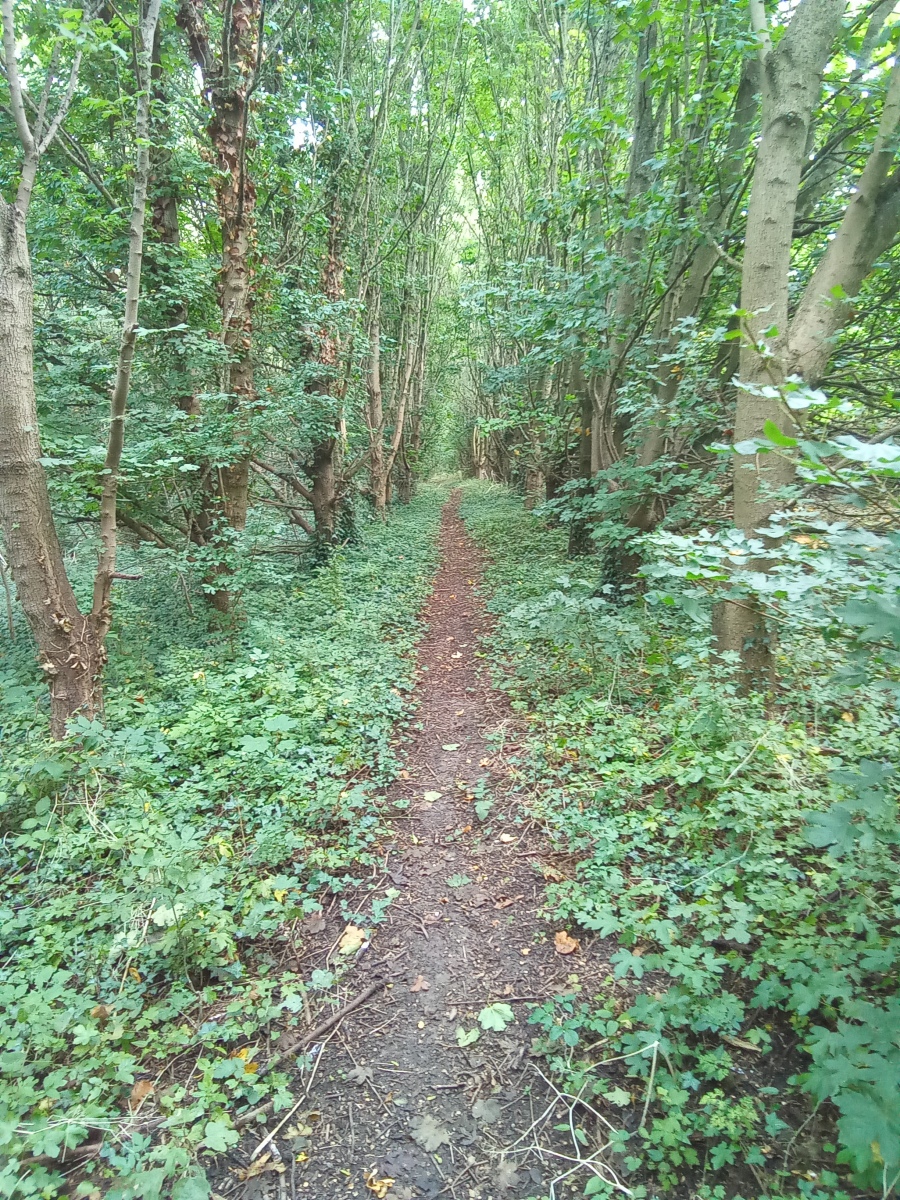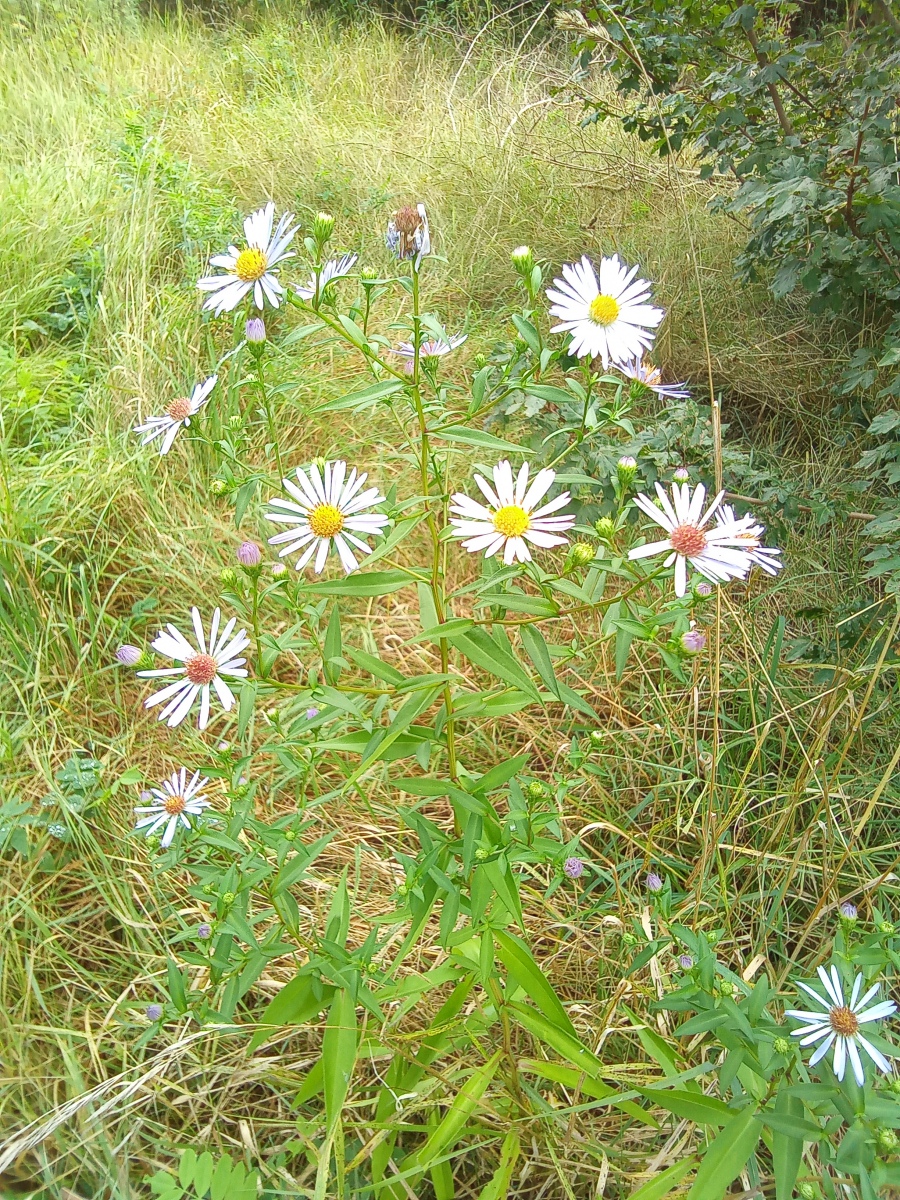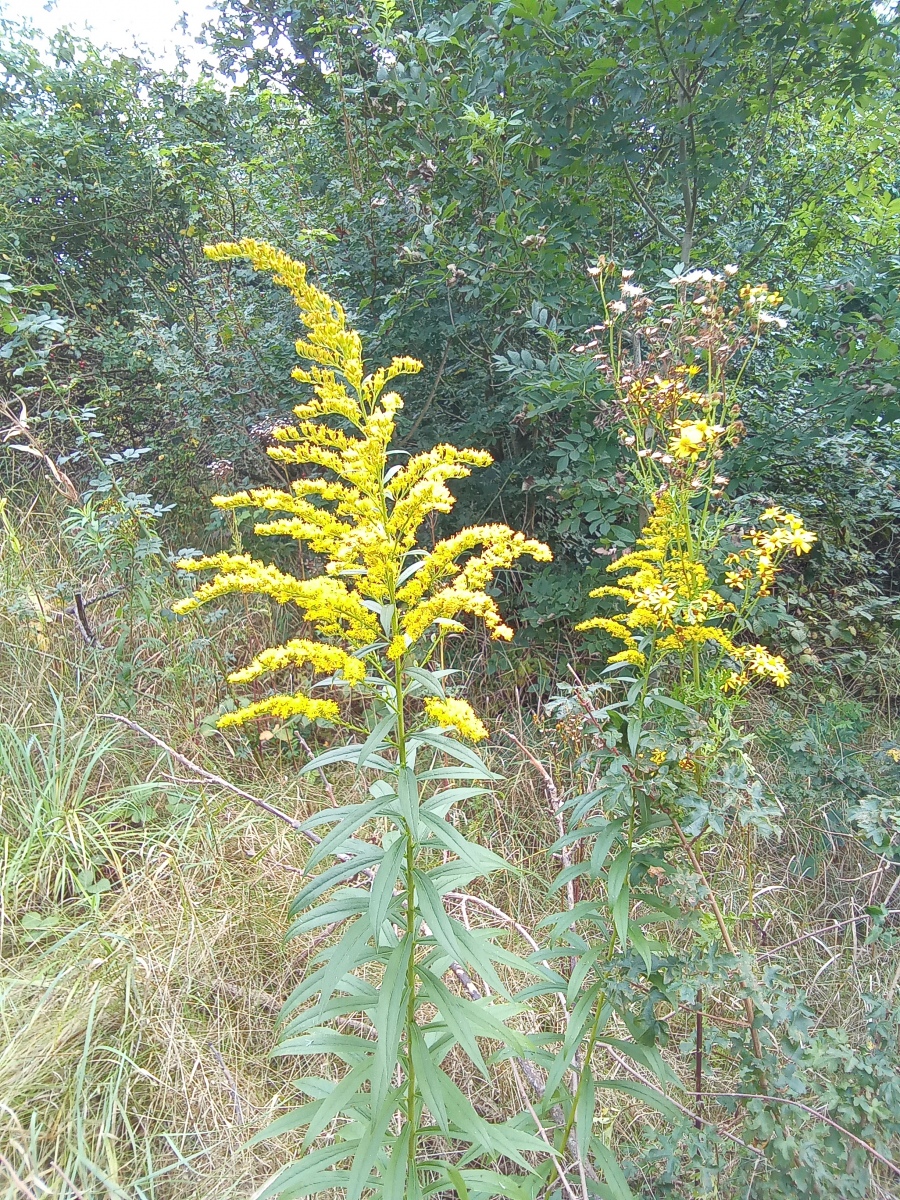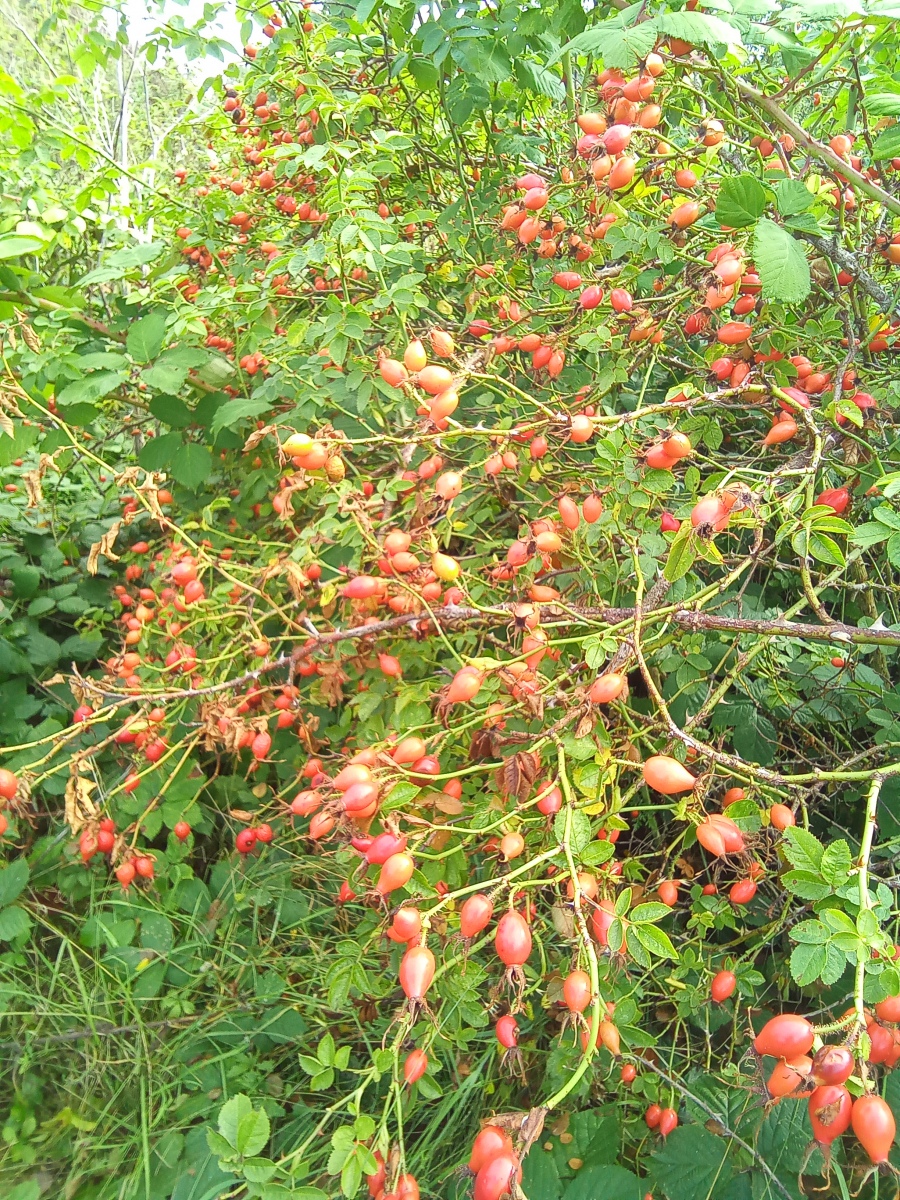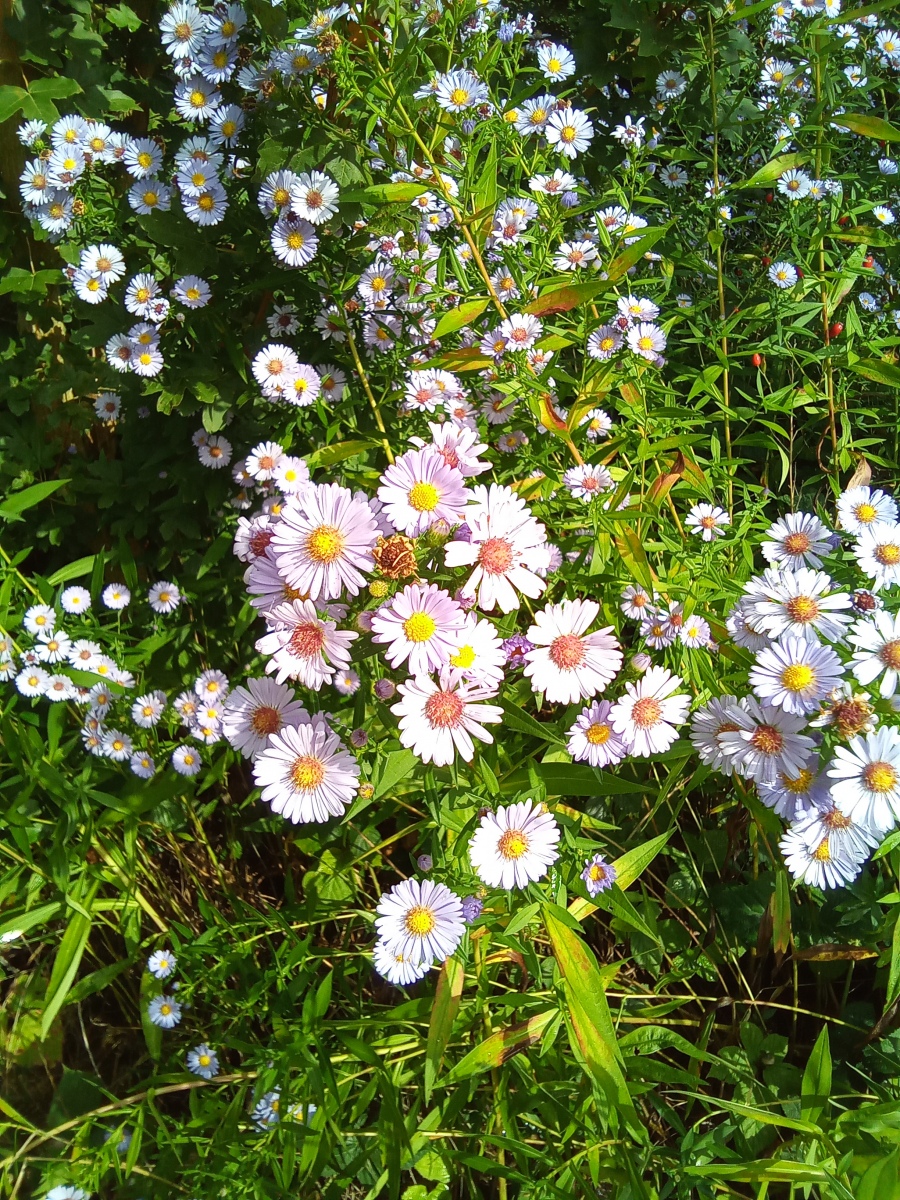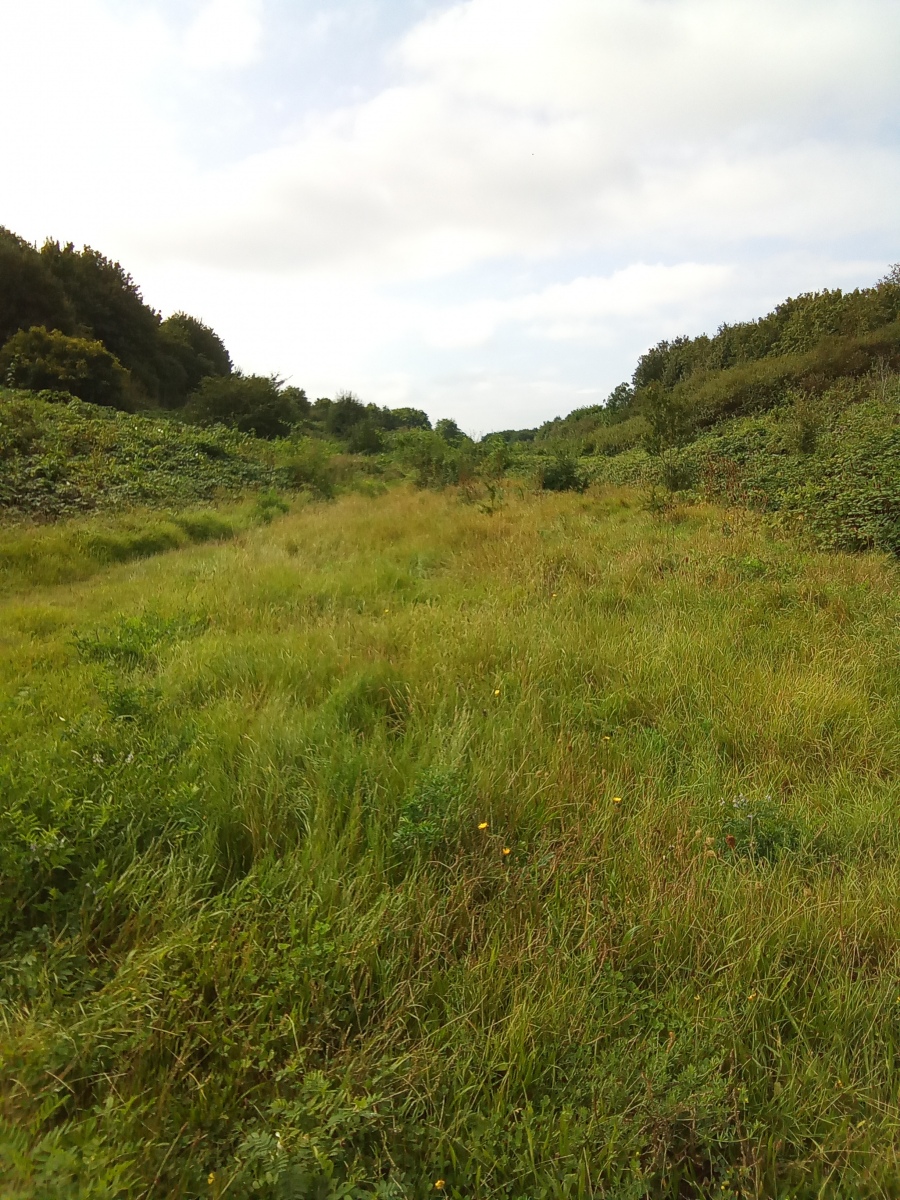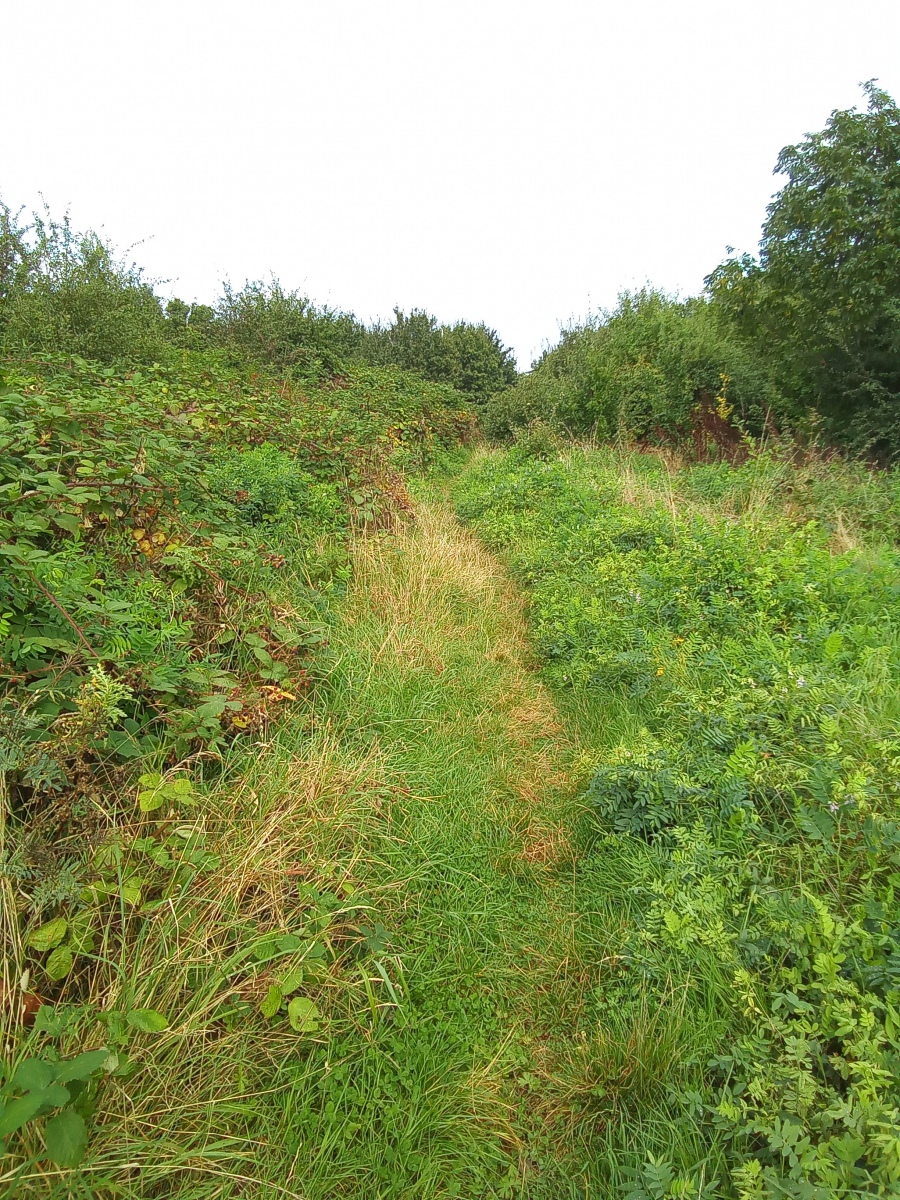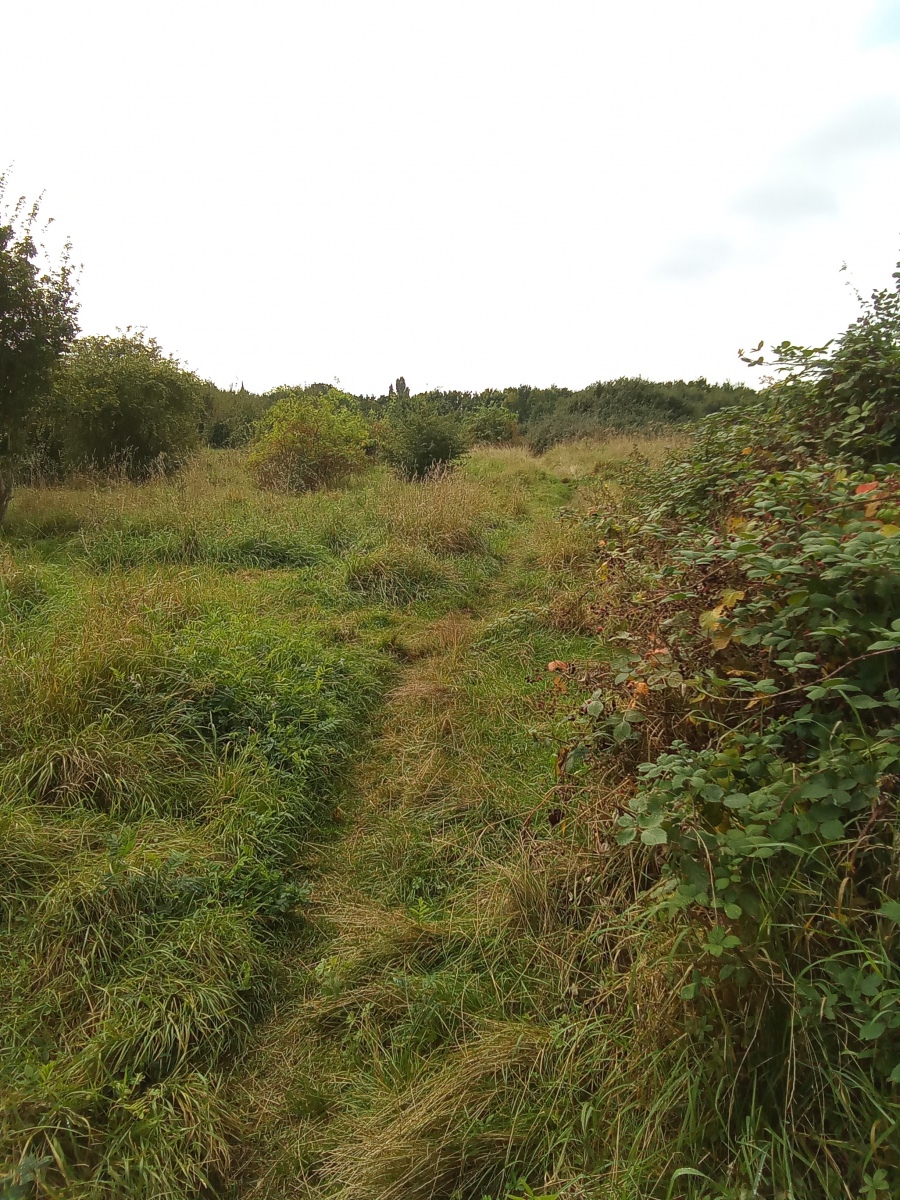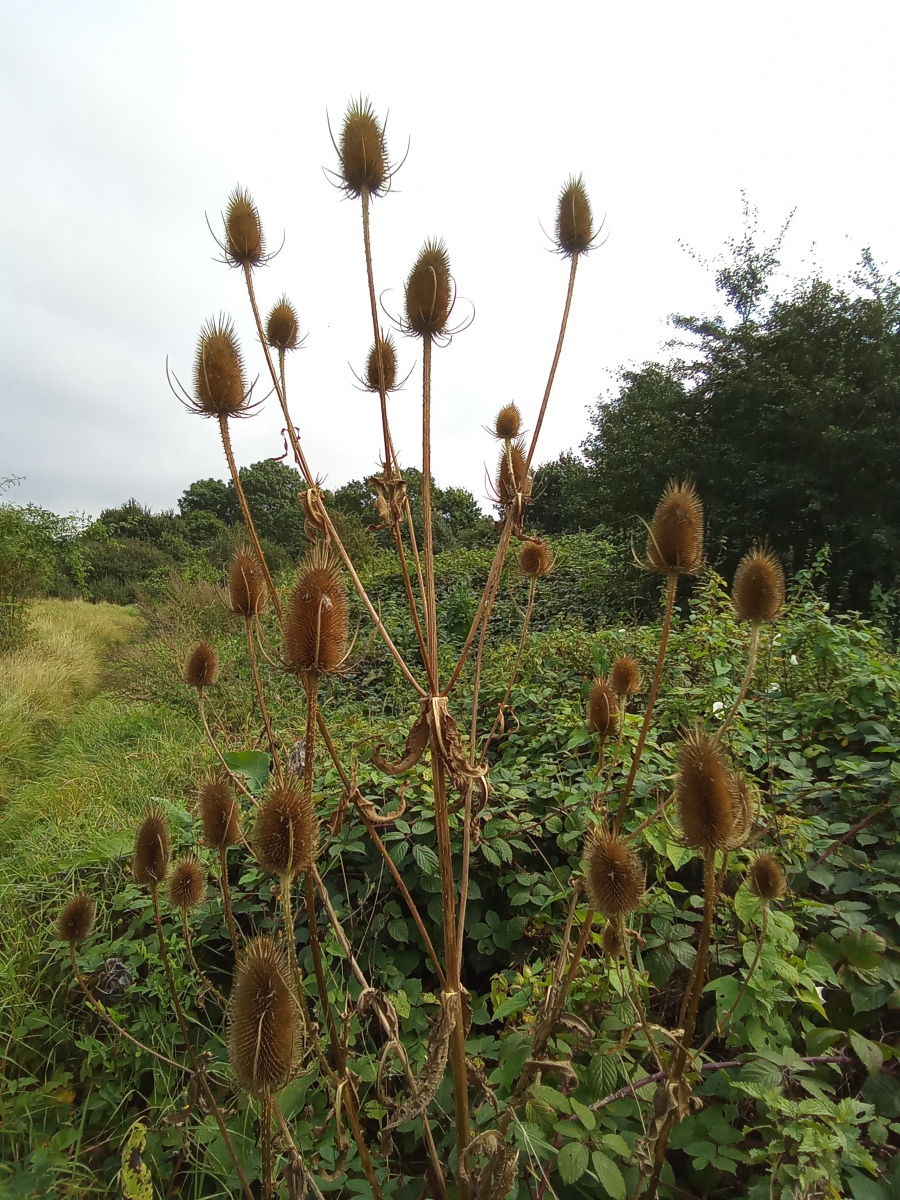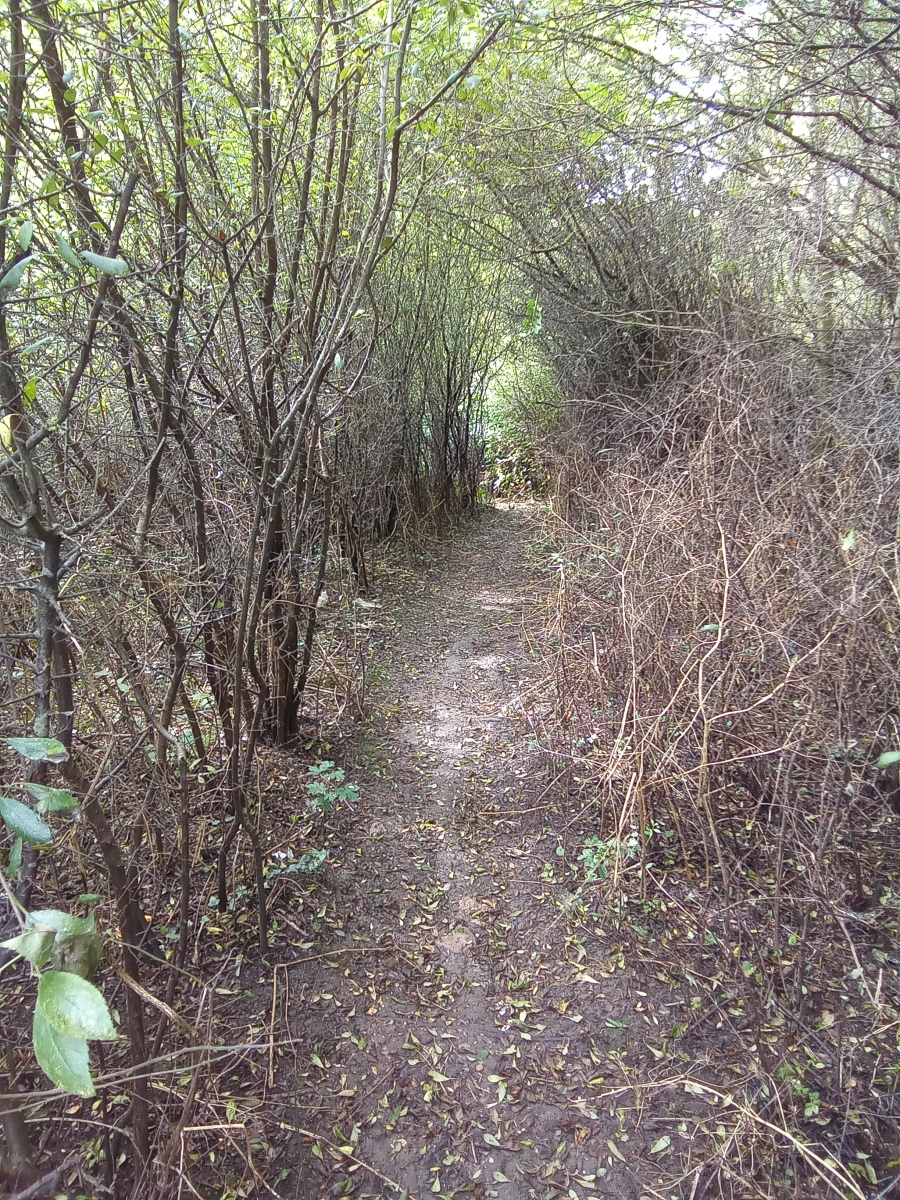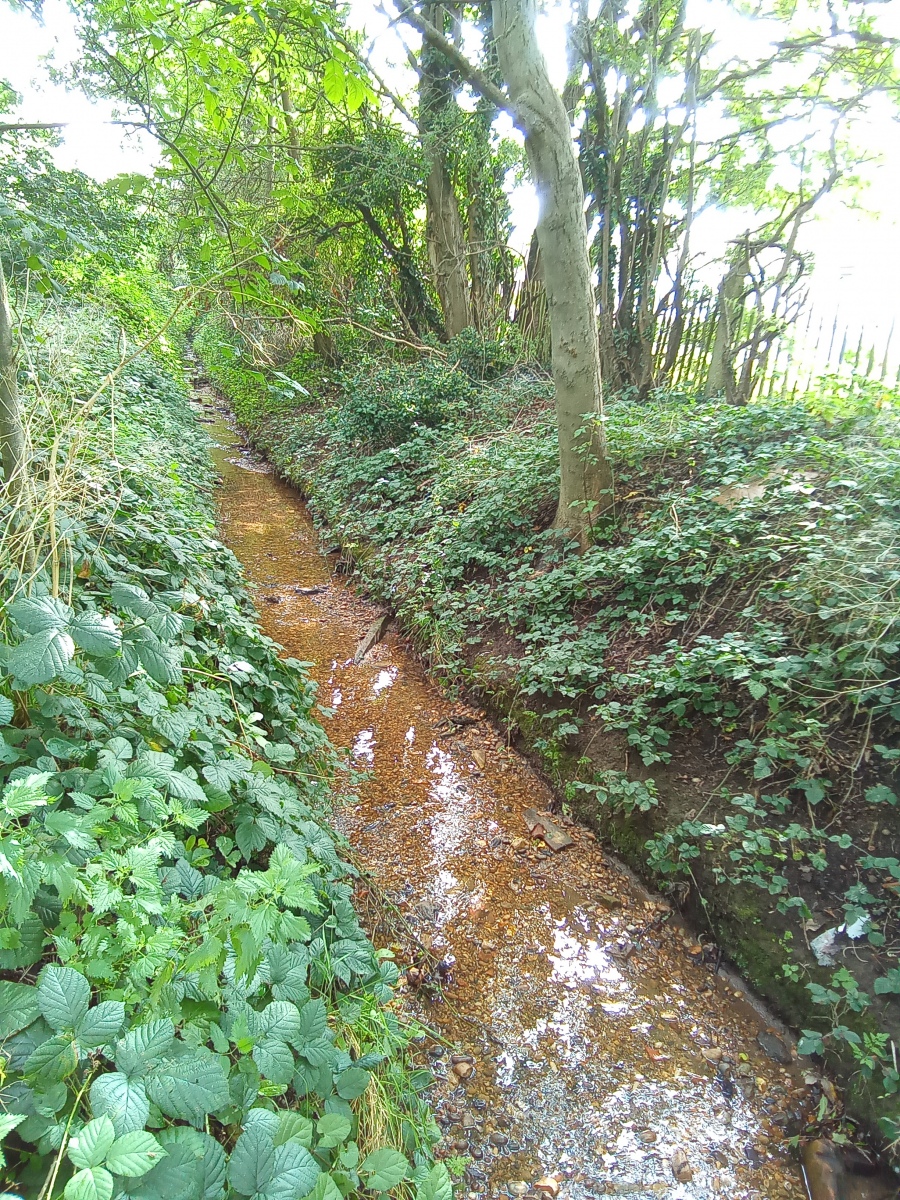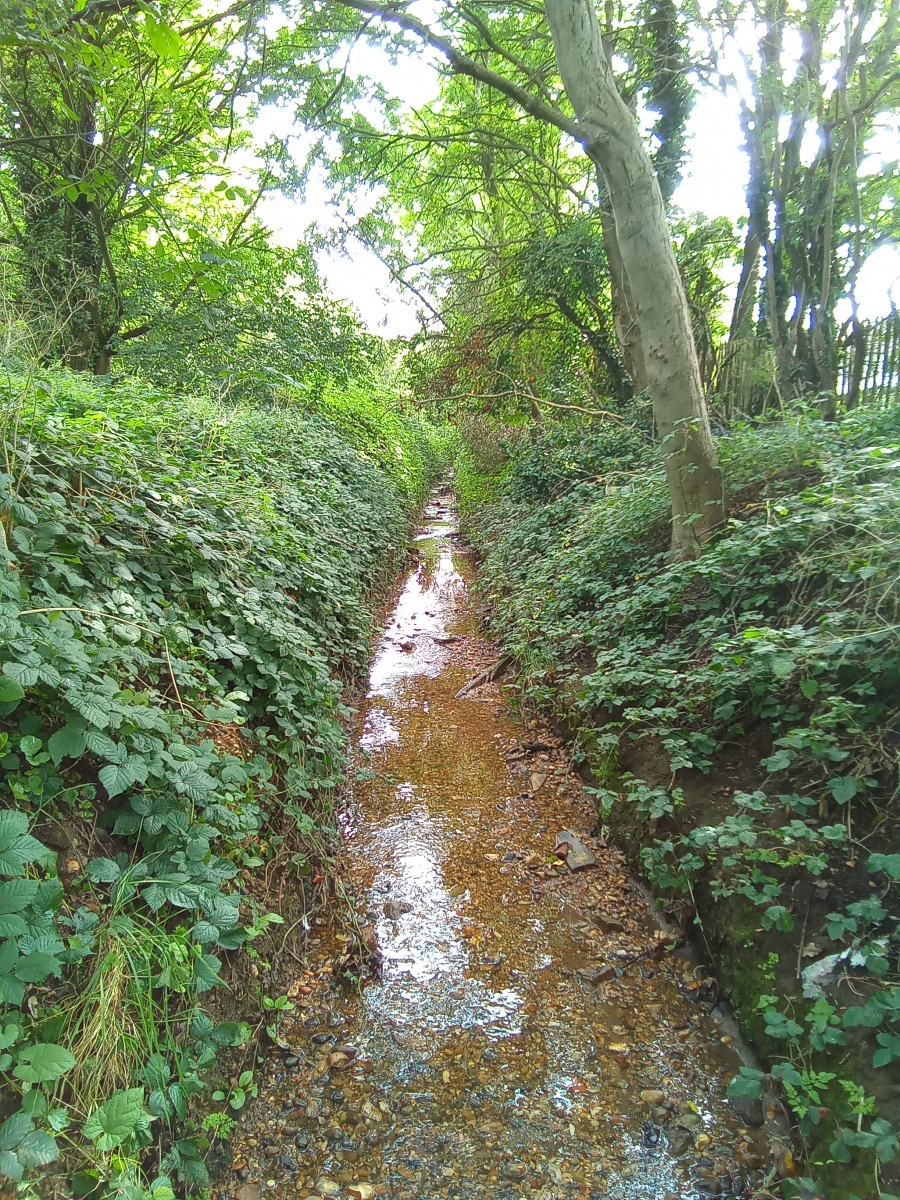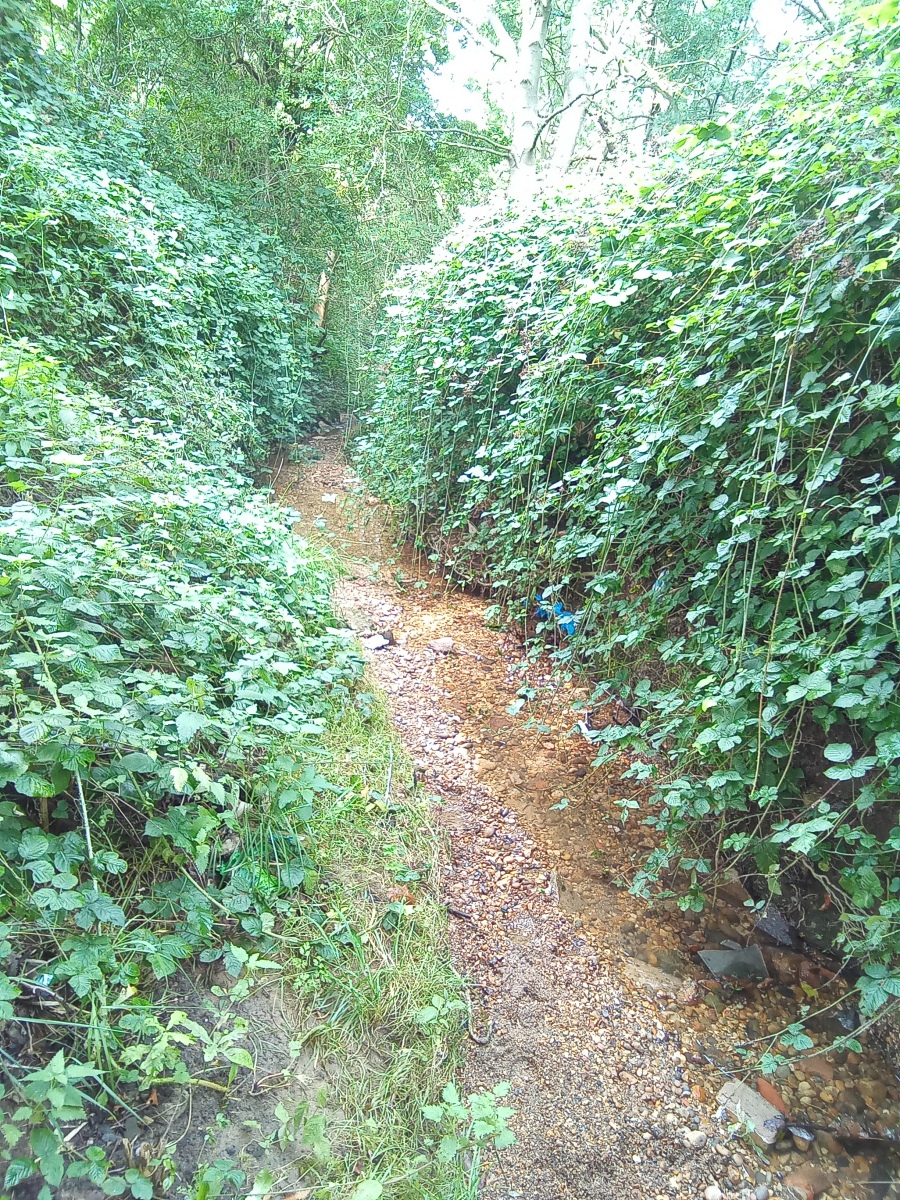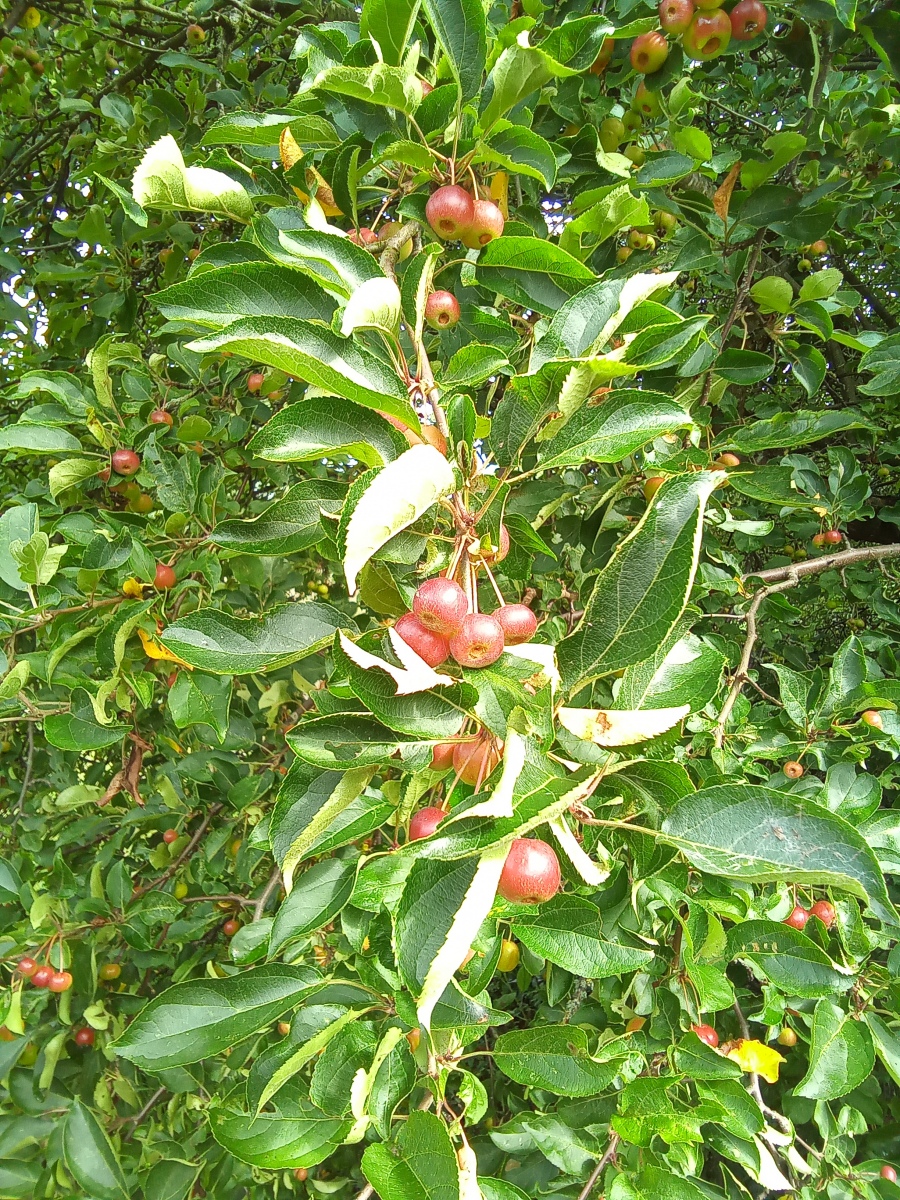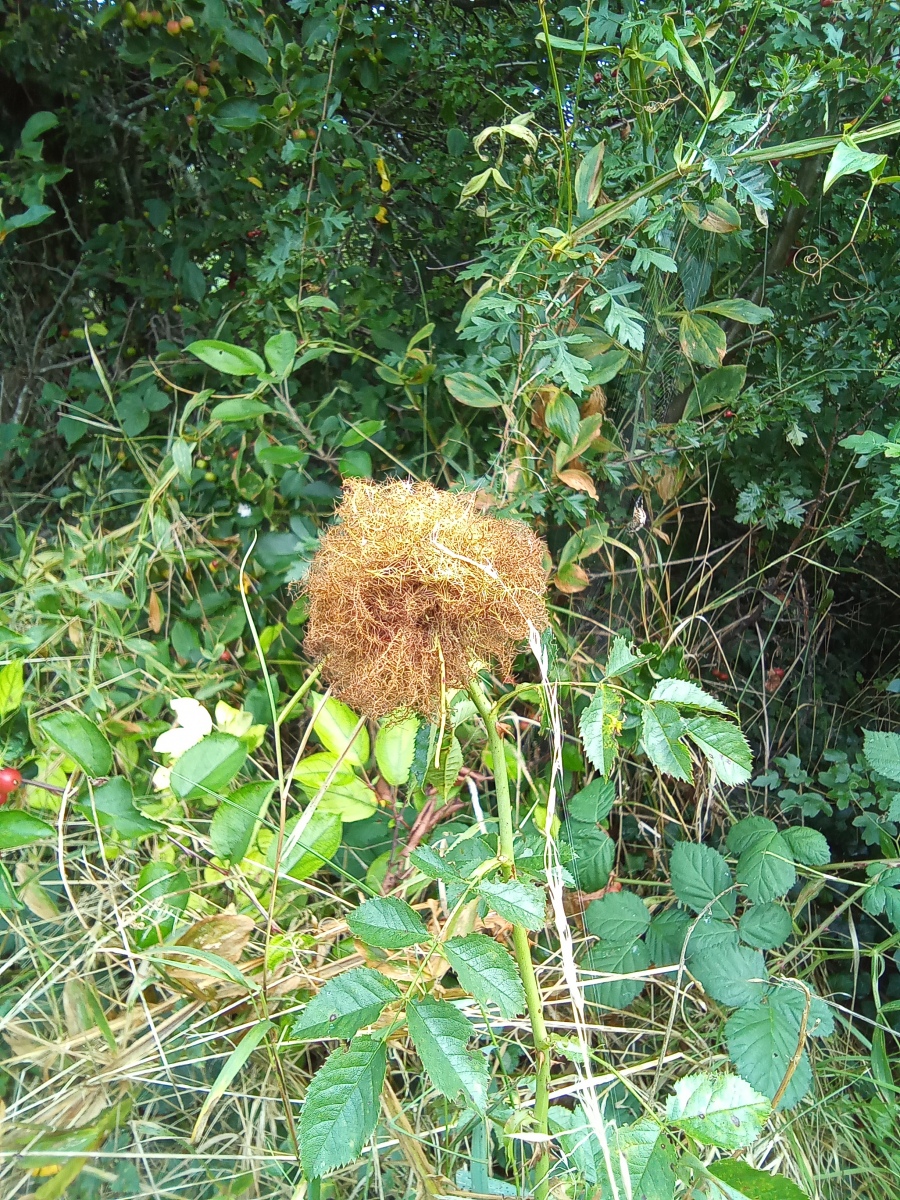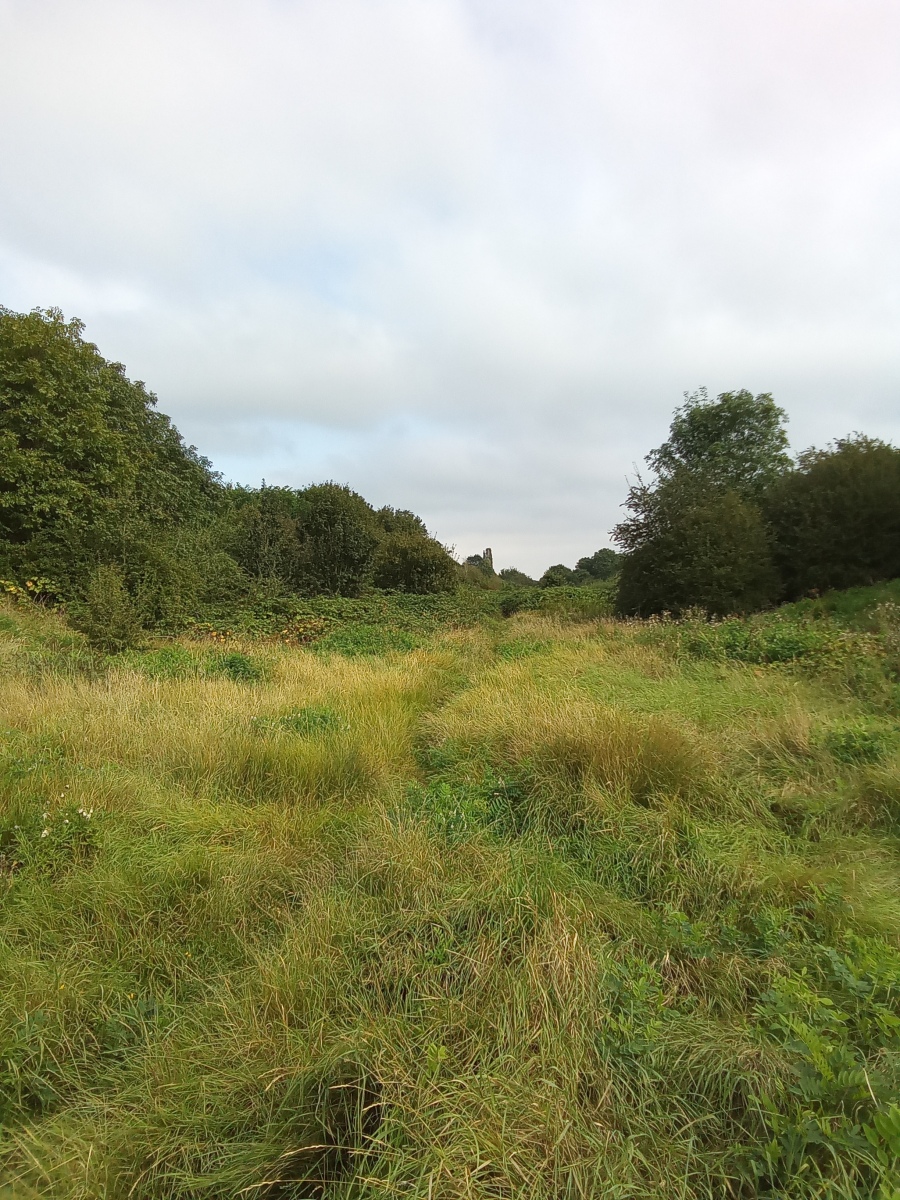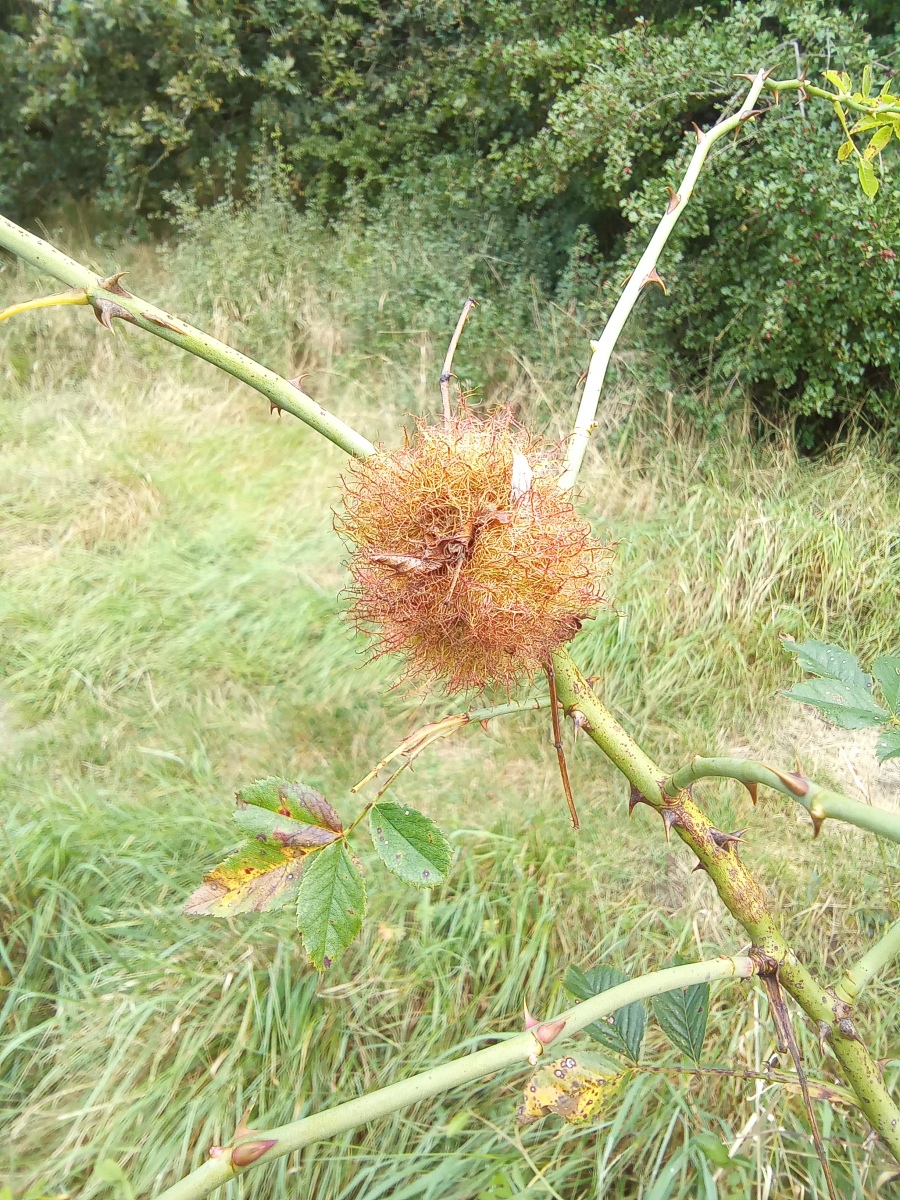Hill House Farm
Hill House Farm
The site of the former Hill House Farm in Chigwell is an open space and although not a public right of way, permissable access is allowed by the land owner Essex County Council. Unless you live locally there is a good chance you may not even know this site exists, but it is worth a visit in summer for its plant and insect life and in winter for its views across the Roding Valley. Situated on Chigwell Road near Woodford Bridge there is a small access gate just along the pavement opposite the car park of the Three Jolly Wheelers pub. On the western edge of the site parallel to the motorway is a track which has been described as a byway passing through the site with one access point in the north east corner of the Ashton playing fields and another to the north going out onto Luxborough Lane, but these are very overgrown and not easy to find. The site has in recent history been used for landfill and In places considerable amounts of hardcore are working through the surface of the pathways, signs on the Chigwell Road gate remind visitors of previous landfill activity and the need for caution.

Ordnance survey map credit to Essex County Council
https://www.essexhighways.org/getting-around/public-rights-of-way/prow-interactive-map
At one time the edge of Hainault forest would have been just across the road from here. Very little recorded history of the former farm, its previous use or its owners can be found through research other than the names of Hill Farm and Hill House appearing at this location on maps from the early 18th century onwards. Electoral records for the South Essex elections in 1836 show that a ballot was cast by landowner Mr Charles R Dames. The census from 1874 gives the name of a Mr Charles Dames as the resident at Hill House. In the northeast corner of the site down a concealed lane is a house called Hill House Farm, no doubt the original land owner. It is unclear when the land came into the ownership of Essex County Council. Ordnance survey maps from the 1960s show allotment gardens in the south and the north of the site and a nursery garden to the west. This is quite a well hidden location covering around 14 hectares of land and is bordered on the south by the Ashton playing fields, to the north by West Hatch High School and to the west the site is buffered by the M11 motorway. On the map this location looks relatively small, but once inside you then discover that Hill House Farm is actually deceptively quite a large site.
As the name suggests, this is a notably hilly piece of land with a number of steep climbs and deep descents in between. Most of the high ground is quite densely wooded but to the west of the entrance there is a large area of scrubland giving way to a grassy summit containing a wide range of wildflowers which offers some impressive views across the Roding Valley towards Buckhurst Hill and Woodford. For all intents and purposes this is effectively a nature reserve, although not managed as such and being more left to its own devices. This is now a developing habitat to a diverse range of plants, insects and animals which local dog walkers make good use of. There have been proposals to develop a small section of the site while retaining public access to the rest but little has come of these plans to date.
Inside the entrance a stream runs southwest through a wooded area before curving sharply to the west and running in a straight line down the southern boundary of the site beside the Ashton playing fields. This passes below the M11 before finding its way into the river Roding. A number of pathways criss cross the site in all directions, most of which appear to be animal tracks but many clearly made by human visitors. Following the track from the gate in a westerly direction takes you through a large wooded area which eventually opens into a grassy clearing surrounded by scrubland with distant views to the west, before leading steeply downhill then back up into another wooded area alongside the M11 motorway.
In the centre of the site is a very long and deeply cut valley running south with high wooded slopes on either side forming noise bunds buffering the sound of the adjacent motorway. On descending the steep slopes into the valley the noise of the traffic suddenly seems much quieter. There is a track through the middle of this valley from end to end which is just about navigable on foot and makes a strangely tranquil and welcoming retreat to the far noisier wooded high ground.
The central valley is mostly grassland with some scrub around the edges and forms a long sheltered area which is well colonised with perennial and annual wildflowers as well as some larger banks of bramble mostly toward the southern end. Clumps of Michaelmas Daisey seem to have taken good advantage of the sheltered aspect alongside Ox Eye Daisey and taller bright yellow Solidago. Perennial Sweet Pea also make a good impact here scrambling over the scrub. Dog Rose, Sloe and Hawthorne dominate the areas of scrubland with Field Maple, chestnut, Ash, Sycamore and Oak making up the larger presence in the wooded areas.
As this is not a nature reserve in the usual sense, ecology studies are very thin on the ground but the multiple pathways clearly not man made show that larger mammals such as foxes are well represented here and owing to the size of the site it would not be unreasonable to expect Muntjack and Badger to find refuge here. Birds also make regular visual appearances with Spotted Woodpecker, Magpie, Wood Pigeon, Robin and Wren all noted. Meadow butterflies are also present in good numbers in the grasslands and scrubby areas. There are no wildlife ponds at the site but the stream running through here provides ample habitat for water dependant invertebrates.
Hill House Farm is perhaps a little understated because it is rather hidden and less well known but it does provide a number of different habitats which are of great local ecological importance, much of which is just yards away from a busy motorway. The wooded areas provide shelter for nesting birds and the scrublands are an important source of food with their fruiting trees and shrubs. The undisturbed grasslands here are an important habitat for a great many different types of invertebrates. From the vantage points looking over the valley there is almost a similar feel to the views from the elevated acid grasslands of nearby Claybury Park and it is highly likely the same insect species found there will be present in the wildlife corridor formed by Hill House.
Access is on Chigwell Road just north of Woodford Bridge across the road from the Three Jolly Wheelers pub with the 275 and W14 bus stops a short walk away. There is also parking available in some surrounding roads which as always should be done with consideration for local residents. Due to the terrain inside this is perhaps more suitable for the experienced explorer who doesn’t mind the more challenging ground conditions as it is overgrown in places. Although this is not a designated nature reserve, the land has been left unmanaged for so long that nature itself has quite successfully reclaimed the former landfill and created its own design. Hill House Farm is very much a case of ‘if you know, you know’. With permissive access to sites like Hill House Farm it is important that people use the land as much as possible to secure a future of permitted public access so that any potential developers interested in the land may take this into account and continue to make the space available to the public in some form or other going forward.
